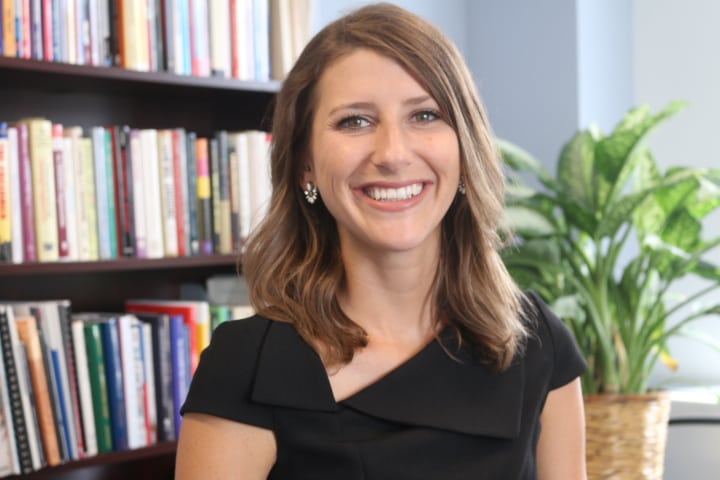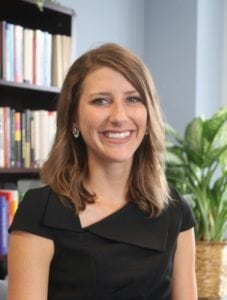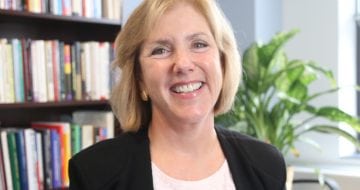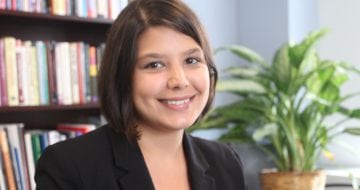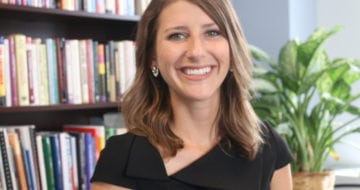This is part one of a three-part blog series on alternative education. Click here for parts two and three.
Once overlooked in most education conversations, alternative schools are now getting a lot of press, both acknowledging their importance and questioning their legitimacy. In the policy world, we are asking a lot of questions: What exactly is alternative education? How are graduation rates calculated for alternative schools? How should we hold them accountable? These questions are no doubt important ones. Let’s make sure, however, that in addition to our policy-wonky questions we’re also asking questions that focus on students.
AYPF has been and will continue to dedicate considerable time and energy into demystifying some of the unknowns in regards to the diverse landscape of alternative education. In order to understand how policy can facilitate or inhibit effective practice in alternative schools, however, we must first reflect on the students served by these schools and what the student experience might be like in these settings. I don’t have a comprehensive list of the best questions to ask, but this post will conclude with some questions that aim to slightly recenter the conversation on meeting the needs of students in alternative education.
First, a quick story.
AYPF recently visited the Denver, Colorado area to take a closer look at alternative education, along with colleagues from other states. Among our various activities were visits to three exceptional, yet diverse, alternative schools.* Throughout these visits, we heard from students about their own experiences in traditional schools, why those schools did not work for them, and their experiences at their current alternative school. Themes from students were consistent – the majority of students cited the lack of personalized attention, bullying, family or home challenges, mental or emotional struggles, and/or work obligations as major detractors from their ability to learn in traditional school settings. These students articulated that their current alternative schools, unlike their previous schools, provide wraparound services, social and emotional support, personalized attention, and a learning environment that is both sensitive to their circumstances and relevant to their postsecondary/career goals.
Although each school operates within a unique context and serves a distinct and diverse student body, our conversations with staff and students indicated that these alternative schools have some important similarities. At all three of these campuses, students’ social, emotional, and academic needs are a priority, and they directly inform programming. These schools also have created a strong sense of community and trust among administrators, teachers, and students. School staff aim to empower students by providing them with a mature environment, inclusive of opportunities to learn in a way that harnesses their strengths and passions while also challenging them to build new competencies. Through close relationships between staff and students, these alternative schools have tailored their contexts to the collective needs of the student body, while also staying attuned to students’ individual needs and circumstances.
This level of personalization described above may not always align with a one-size fits all assessment and accountability system. However, given the unprecedented authority and flexibility states now have under the Every Student Succeeds Act (ESSA) to develop systems that are responsive to student needs, policy leaders can use this opportunity to think more strategically about questions that better reflect the student populations served in alternative settings. For example, we can ask:
Who are the students attending alternative schools and what are the supports they need to be successful?
- What is the makeup of students at alternative schools, and what have been their barriers to success in traditional schools?
- How can alternative schools account for student barriers and needs in developing programming?
- How can alternative schools ensure that they are sufficiently flexible and adaptive while also promising a high-quality education?
How can we evaluate alternative schools based on their meeting students’ needs?
- Are the benchmarks for alternative schools necessarily the same as for traditional schools?
- What if alternative schools can be held accountable differently (i.e., based on graduation rate calculations that are reflective of students’ trajectories), while still providing high-quality preparation for college, careers, and life? What if we can compare apples to apples and oranges to oranges, while still making sure they’re both equally healthy and delicious?
What are alternative schools doing well and what lessons can we apply to all students in all settings?
- Is there a way that the needs of “high-risk” students can inform how we address the needs of all students?
- Can traditional schools learn from instructional and support methods in alternative settings? For instance, if most students withdraw from school due to personal, emotional, or social reasons, can’t strong social and emotional supports be an effective prevention strategy for all students? If students at alternative schools credit a strong and supportive school climate for much of their success in alternative schools, can’t all settings prioritize this type of climate to better support all students?
- There are many great examples of traditional schools adopting principles that are frequently held in high-quality alternative schools (flexibility, personalization, postsecondary and career relevance, etc.) – so we know it’s possible. How, then, can we create policies that best facilitate this type of personalization and support?
Ultimately, alternative schools, just like any other schools, take on all shapes and sizes. But stories like those we heard in Denver remind us that, when done well, these schools can sometimes be the best alternative.
AYPF is passionate about ensuring that systems (accountability or otherwise) are reflective of the needs of all students, including those educated in alternative settings. We’ve been working with states and districts across the country to share research-supported practices that prioritize youth and ensure that all young people have access to a multitude of pathways to success in college, career, and life. Feel free to reach out to AYPF staff for resources, thought partnership, or help getting started in the alternative education space.
*To learn more about our visit to Denver and the context of alternative education in Colorado, please consult our Study Tour Brief, found here. A short description of Colorado’s alternative school accountability system may be found here.


